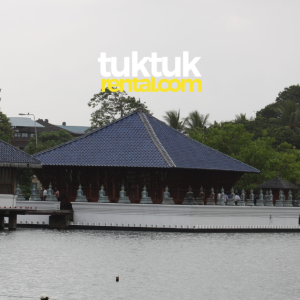Sri Lankan Culture
Table of Contents
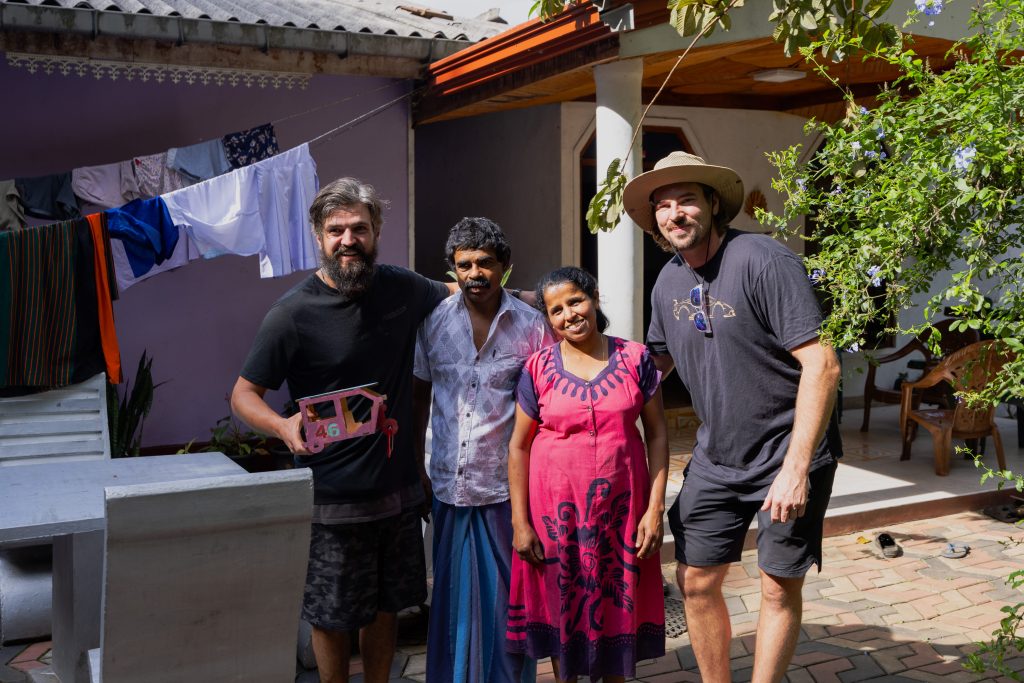
With a history and culture going back thousands of years, Sri Lanka has been known by many names, from Ceylon to Taprobane. The etiquette of the people on this island is as diverse as its communities and languages. This nation off south India is home to varied ethnic groups, religious communities, and indigenous populations.
While Sinhalese is the primary language, people also speak Tamil, English, and other languages across the island. Sri Lanka’s cultural diversity is as unique and rich as its biodiversity. The national diet features the staple of rice and curry. This often includes dal (parippu), fish, or meat. Other popular foods are hoppers, kottu roti, and lamprais. The major religions include Buddhism, Hinduism, Islam, and Christianity, which make up most of the population.

Sri Lankan Culture – Visiting Religious Sites
When you visit Buddhist and Hindu religious sites, be aware of traditional customs. Locals strictly adhere to cultural decorum. Therefore, you should wear clothes that are not too short. This will help you blend in without drawing unnecessary attention. As a result, you will feel more integrated and comfortable.
It is important to dress modestly. Also, remember to remove your shoes or sandals when entering these places of worship. This action demonstrates your respect for the local community. It will contribute to a more positive cultural experience.
Here are some key religious attractions in Sri Lanka.
Buddhist Attractions:
Some major sites for tourists include the Temple of the Tooth in Kandy and the Gangaramaya Temple in Colombo. You can also visit the Ruwanwelisaya in Anuradhapura.
Hindu Attractions: Key Hindu sites include the Nallur Kandaswamy Kovil in Jaffna and the Munneswaram Temple in Chilaw. Another is the Sri Kailawasanathan Swami Devasthanam in Colombo. These locations are especially vibrant during festivals like Thai Pongal.
Catholic Attractions:
You might like to check out several Catholic religious sites. These include St. Lucia’s Cathedral in Colombo and St. Mary’s Church in Negombo. Our Lady of Madhu Church in Mannar and St. Anne’s Church in Thalawila are also popular.
Islamic Attractions:
Some key Islamic destinations to keep in mind are the Jami Ul-Alfar Mosque (Red Mosque) in Colombo, the Kechimalai Mosque in Beruwala, and the Dewatagaha Mosque in Colombo.
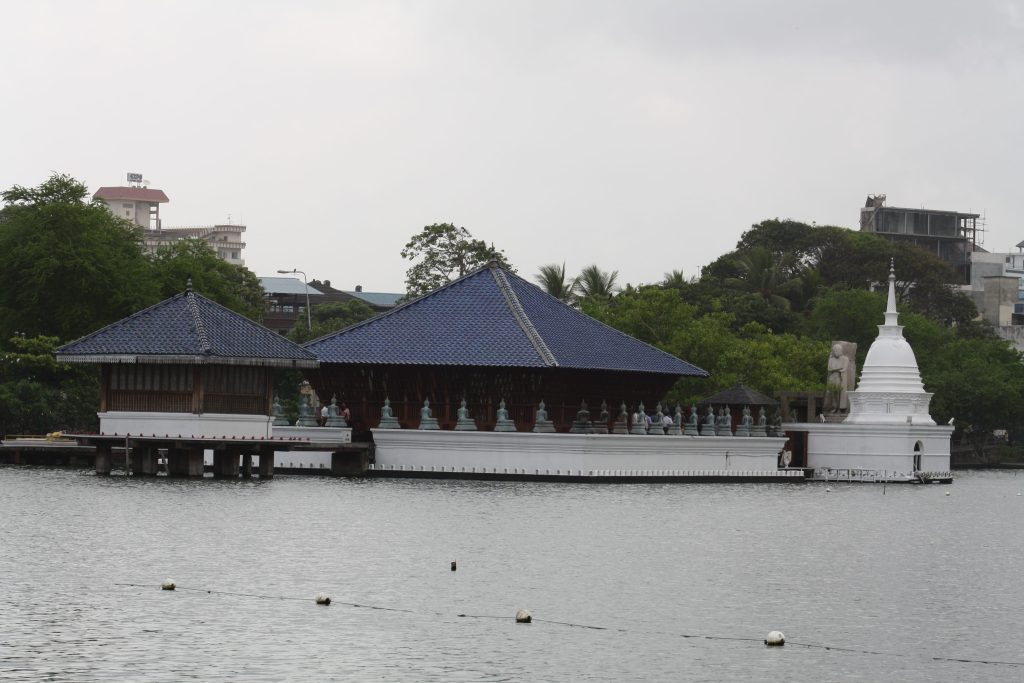
Greeting a Local
Despite being a tiny island, Sri Lanka has a rich and colorful cultural diversity. Sri Lankans use the term ‘Ayubowan’ to greet visitors and guests. It means, ‘may you live long.’ Most locals will be impressed if you reply with ‘Ayubowan’. It shows that you educated yourself about Sri Lankan cultural practices. Greeting locals this way creates a positive impression and signals your respect for their culture.
If you prefer to shake hands, keep one thing in mind. A gentleman should wait for a lady to extend her hand first.
Interacting with Elders in Sri Lankan Culture
Respecting elders is a core part of Sri Lankan culture. Therefore, if you meet someone older than you, it is important to be mindful and respectful. This is especially true in areas away from big cities like Colombo. Old traditions are more common there than in urban areas.
How to Address Elders
Sri Lankans commonly address elders as “uncle” and “aunty,” even without a direct relationship. This is a form of showing respect. Youngsters are often indirect when they make requests from their elders.
Interacting with Monks
The same principle of respect applies when interacting with Buddhist monks. Remember to keep a respectful distance, especially if you are a lady. If you invite a monk to join you, prepare a seat covered in white. This gesture shows your cultural awareness and helps create a rewarding social experience.
Getting Blessings from a Buddhist Monk
If you wish to receive a monk’s blessing, approach them before their morning breakfast. Then, you can respectfully request a blessing. Remember to adhere to the dress code. This means wearing a suitable outfit that covers your shoulders and extends to at least your knees.
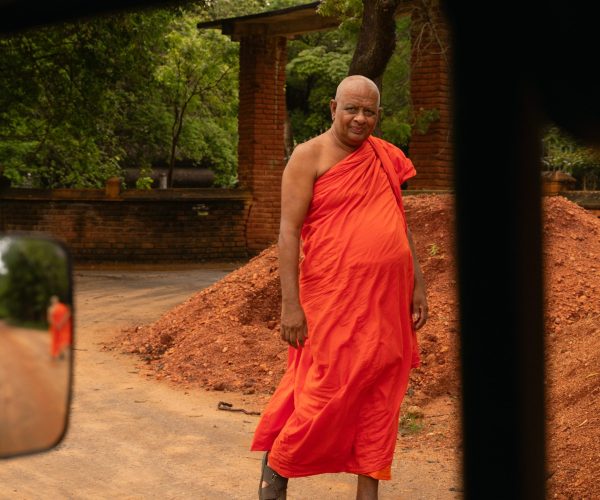
Common Tips to Keep in Mind:
Adhering to Sri Lankan cultural etiquette helps you integrate into the local community. This will leave a positive impression on the people you meet while traveling. Different regions in Sri Lanka have different practices, but some are recognized nationwide. This article explores some of the most common cultural practices unique to Sri Lankans.
Be Mindful of Your Dress When Visiting a Temple Buddhist temples are sacred spaces. When visiting one, wear white clothes that fully cover your arms and legs. You should also remove your footwear, such as shoes or sandals.
Greet Monks Respectfully Address monks with the word “Venerable” followed by their name. Do not address them by their name alone. You can also use the term “Bhante,” which means monk or priest.
Consider Eating with Your Hands Little things count when blending in. Most Sri Lankans eat with their hands. If you want to socialize with them, you might consider doing so. This helps you mirror local practices and connect better.
Learn Some Common Greetings Some common greetings are Ayubowan in Sinhala and Vanakkam in Tamil. For a formal greeting, people press their hands together in a prayer-like gesture, similar to “namaste.” Handshakes are common in urban areas, especially between men.
Dress Modestly It is common to dress modestly in Sri Lanka. Women often wear long skirts and dresses, while men wear T-shirts or shirts with pants. Avoid sleeveless tops or short skirts, especially in rural areas and at religious sites.
Respect Your Elders Sri Lankans treat and greet elders with respect. For example, it is common to offer your seat to an older person on public transport. Worshipping elders by bowing slightly or touching their feet is also a common practice.
Memorize a Few Commonly Used Words and Phrases We highly recommend memorizing a few local greetings. Here are some examples:
Ayubowan – Ah-yoo-boh-wan – Hello
Stuti – Stoo-tee – Thank You
Ow – Ow (like “cow” without the “c”) – Yes
Na – Nah – No
Samawenna – Sah-mah-wen-nah – Sorry
Keeyada – Kee-yah-dah? – How Much?
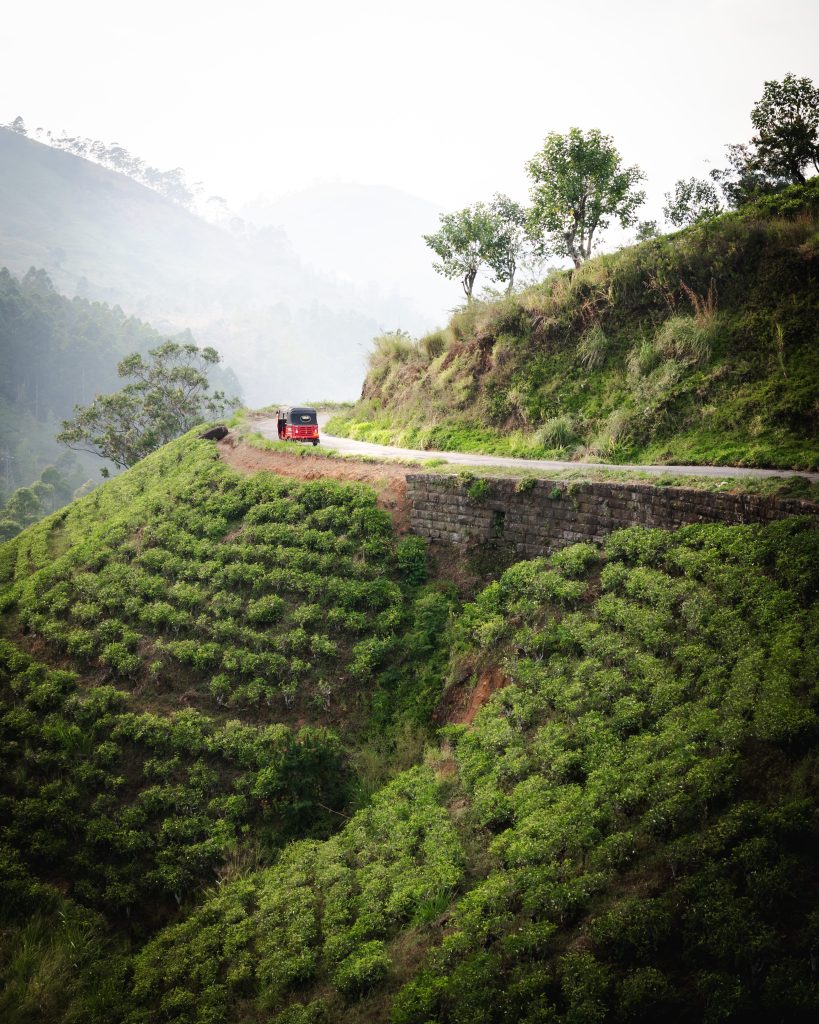
Conclusion
By taking the time to understand and adhere to local cultural etiquette, you will feel a sense of belonging. You can blend in better with the community and have a richer, more fulfilling experience. Sri Lankans are known worldwide for their great hospitality. This makes blending in with the locals a truly rewarding experience.
You might also consider downloading the Tuktukrental Travel App. It features offline maps, offbeat recommendations and even helps fellow tuktuk-ers on the road connect for information or just a few post drive beers – or the local Sri Lankan arrack if you are feeling adventurous!

